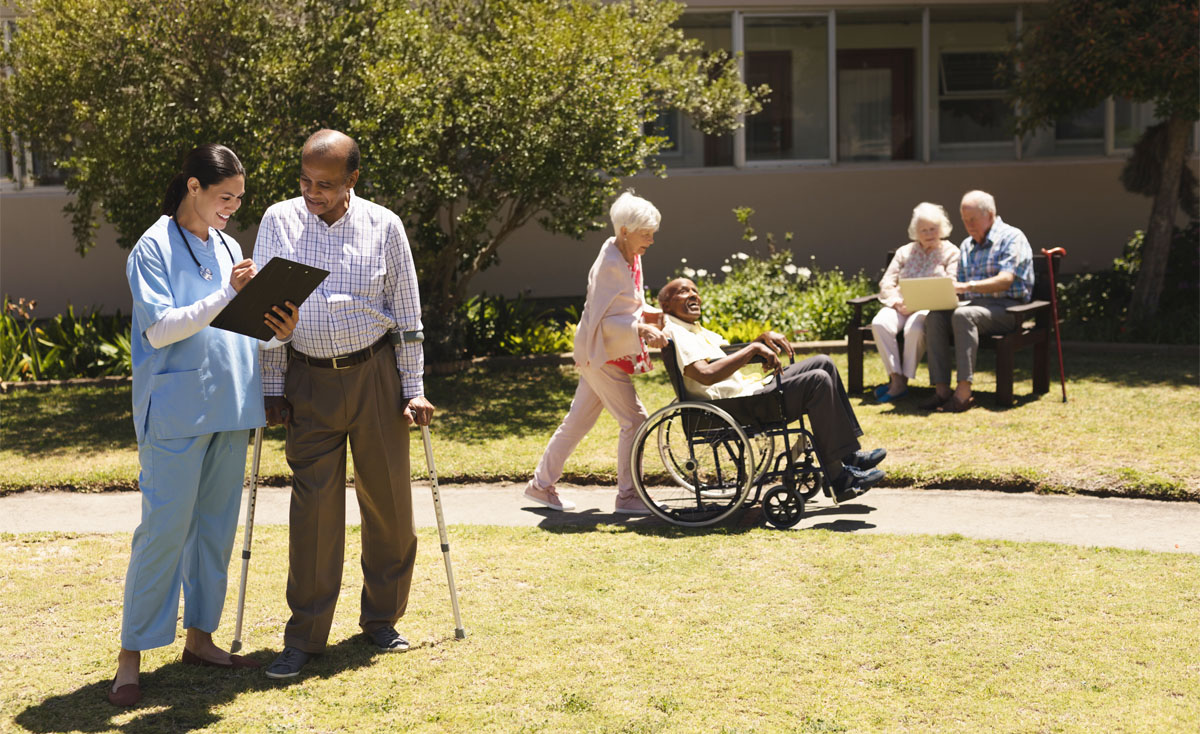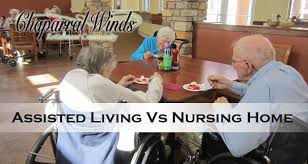Balance Exercises For The Elderly

When we are younger, we take staying straight for granted. Most of us aren’t really concerned about falling over—it usually doesn’t even cross our minds. But as we age, things change. Our body’s systems that recognize gravity, identify precise body positioning any time, and promote stability and balance become less productive. Actually, according to a report from the CDC, an elderly adult falls every single second of every single day in the US. That is why balance exercises for the elderly are so important
-
Foot Taps
This balance exercise strengthens your core muscles that assists in stabilizing your spine.
How to do it:
- Stand straight with your feet shoulder-width apart in front of a step (the bottom step of a staircase is perfect) or even a couple of books or footstool.
- When needed, hold on to a wall or a solid piece of furniture to balance you. As you get stronger, carry out the move with nothing to hold onto.
- From here, gradually raise your right or left foot (whichever you like) to tap your step in front of you, and then gradually return it to the floor.
- Carry out fifteen to twenty taps, then repeating using the opposite leg.
-
Head Rotations
This balance exercise improves the mobility in your neck, which in turn aids with good balance and posture.
How to do it:
- Stand tall having your feet shoulder-width apart.
- When needed, hold on to a wall or a solid piece of furniture to balance. As you get stronger, carry out the move with nothing to hold onto.
- From here, gradually move your head from left to right then up and down at the same time keeping your body as still as you can.
- Carry this out for thirty seconds, then repeat. Should you get dizzy, pause and move your head more gradually.
- When you are still dizzy, discontinue.
-
Standing Marches
This core-strengthening exercise aids in reinforcing the muscles that support your spine.
How to perform it:
- Standing tall having your feet shoulder-width apart.
- When required, hold on to a wall or a solid piece of furniture to balance you. When getting stronger, carry out the move with nothing to hold onto.
- From there, raise your right or left knee until your thigh is parallel to the ground (or close to parallel as you can) while trying to keep your torso straight and trying not to lean.
- Take a small break, then gradually return your foot to the ground.
- Carry out twenty marches, changing legs with each march.
-
Sit-to-Stands
This balance exercise not only reinforces your core muscles, but is a good option to squats when you have knee issues.
How to do it:
- Standing tall having your back facing a solid chair with your feet shoulder-width separate.
- If you need to, hold on a wall or a solid piece of furniture for balance. As you get stronger, carry out the move with nothing to hold onto.
- From there, sit back and gradually lower your hips on to the chair as smoothly as you can.
- Pause, and avoiding swinging your torso, pushing through with your heels for standing.
- Carry out ten repetitions.
-
Single-Leg Stands
This is a perfect balance exercise to perform whenever you like, like when you’re waiting for your cup of joe.
How to do it:
- Standing tall with your feet shoulder-width apart.
- If you need to, hold on to the wall or a solid piece of furniture to balance. As you get stronger, carry out the move with nothing to hold onto.
- From there, raise one foot about an inch off the ground at the same time keeping your torso straight and avoiding leaning toward your planted foot.
- Hold for ten to fifteen seconds, then gradually return your foot to the ground.
- Repeat for your opposite leg.
- Carry-out five stands on each leg.
-
Over Shoulder Walking
This balance exercise requires your body and brain to work in unison to stay upright while carrying out two different tasks at once.
How to do it:
- Standing tall with your feet shoulder-width apart at one area of a room or hallway.
- If you need to, hold on to the wall to balance you. As you get stronger, carry out the move with nothing to hold onto. From there, glance behind you over one (right or left) of your shoulders.
- Keeping this gaze, take five to six steps forward.
- After that, glance over your other shoulder, and take five to six more steps forward.
- Carry out five repetitions for each side.
Chaparral Winds Offers Retirement Living In Surprise, Arizona
Chaparral Winds Retirement Community is a retirement community located in Surprise, Arizona offering assisted living, independent living, and memory care services. For more information about our senior living facility contact SLS Communities or to schedule a tour, please call us today at 623-343-4125.




